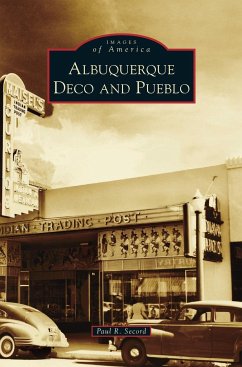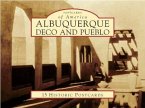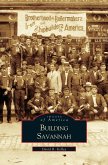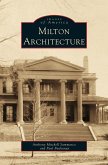Albuquerque's response to Modernism--the architectural avant-garde of the first half of the 20th century, of which the Art Deco movement of the 1920s and 1930s is an important component--was complex and varied. The growing city looked to the new as well as the mythic past characterized by the Santa Fe style. The result was rarely restricted to one cultural tradition. Influences include forms and motifs from a variety of intermixed cultural and social collisions. The result can be sophisticated, as with the Albuquerque Indian Hospital, or homespun, like the Shaffer Hotel in Mountainair. This book celebrates the cultural mixing of various Native American, Hispanic, and 19th- and 20th-century Anglo American forms and motifs unique to Albuquerque during the first half of the 20th century.








